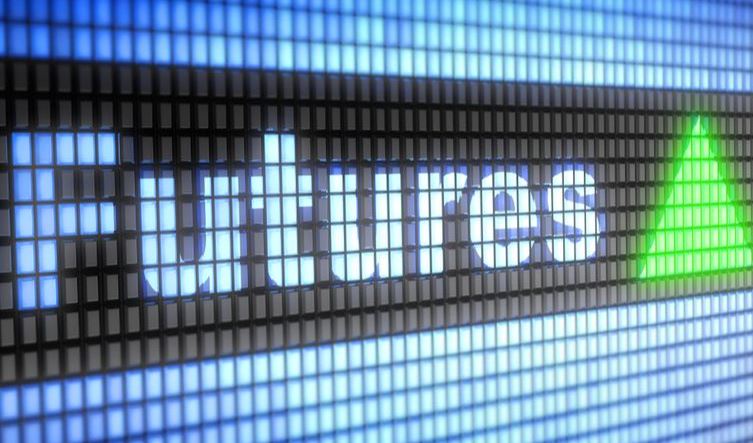Futures are agreements to buy or sell an asset later at a price agreed upon today, and they have become increasingly popular in the world of trading. Futures contracts are standardized so that you can trade them on an exchange, which is easily accessible for the modern trader. The most common type of futures contract is for commodities, but futures contracts are also for stocks, bonds, currencies, and other assets.
Futures contracts are bought and sold through a broker. When you buy a futures contract, you are buying the right to purchase the underlying asset at the agreed-upon price on the specified date in the future. If you sell a futures contract, you are selling the right to purchase the underlying asset at the agreed-upon price on the specified date in the future.
You can use contracts to speculate on the future price of an asset. If you anticipate that the price of gold will go up, you can buy a gold futures contract. If the price of gold goes up as you expect, you will make a profit. If the price of gold goes down, you will lose money.
You can also use futures contracts to hedge against risk. For example, if you are a farmer and you are worried that the price of corn will go down before you can sell your crop, you can sell a corn futures contract. This way, even if the price of corn goes down, you will still get the agreed-upon price for your corn.
Steps on how to buy futures
Now that you understand why futures are such a significant investment follow this step-by-step guide to start investing in them.
Open a brokerage account
If you’re a new trader, your first step is to open a brokerage account with a broker that offers futures trading to trade futures contracts. Not all brokers offer futures trading, so you will need to find one that does. Once you have opened an account, you’ll need to deposit money into it. The amount of money you need to deposit depends on the broker and the type of account you open.
Choose the asset you want to trade
The first step is to choose the asset you want to trade. There are futures contracts for many assets, including commodities, stocks, bonds, and currencies.
Choose the expiration date and contract size
Next, you must choose the expiration date of the contract. The expiration date is when the contract expires and can no longer be traded. The contract size is the amount of the underlying asset covered by one futures contract. For example, a corn futures contract might cover 5,000 bushels of corn.
Choose the price at which you want to trade
After choosing the asset, expiration date, and contract size, you need to choose the price you want to trade. The price of a contract is based on the underlying asset’s spot price. The spot price is the current market price of the asset.
Place your order
Once you have chosen all of the above, you are ready to place your order. You will need to tell your broker what asset you want to trade, the expiration date, the contract size, and the price you want to trade. Your broker will then send your order to an exchange, which will match another trader’s order.
Wait to fill your order and pay your margin
After your order has been sent to the exchange, you will need to wait for it to be filled. Say, another trader has agreed to trade with you at the chosen price – your order will then be filled. Once that happens, you will need to pay your margin. The margin is the amount of money you need to deposit to trade a futures contract. It is similar to a down payment on a house.
Hold and close your position
After you have paid your margin, you can hold your position for as long as possible. You will need to pay interest on the money you have borrowed, but you will not have to pay any other fees. When you are ready to close your position, you will need to place an order with your broker. Your broker will then send your order to the exchange. When your order is filled, you will have closed your position and no longer be obligated to trade the futures contract.

